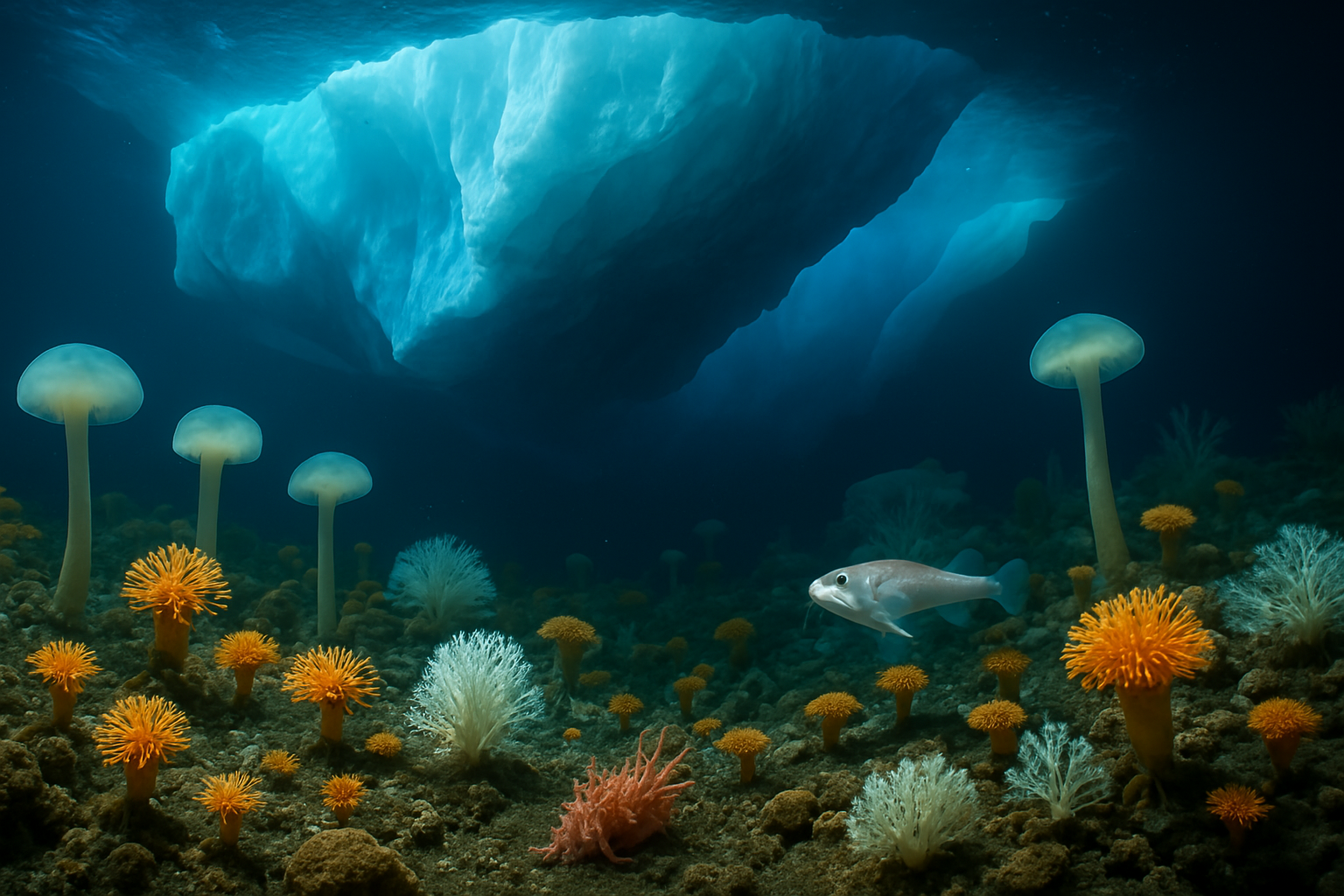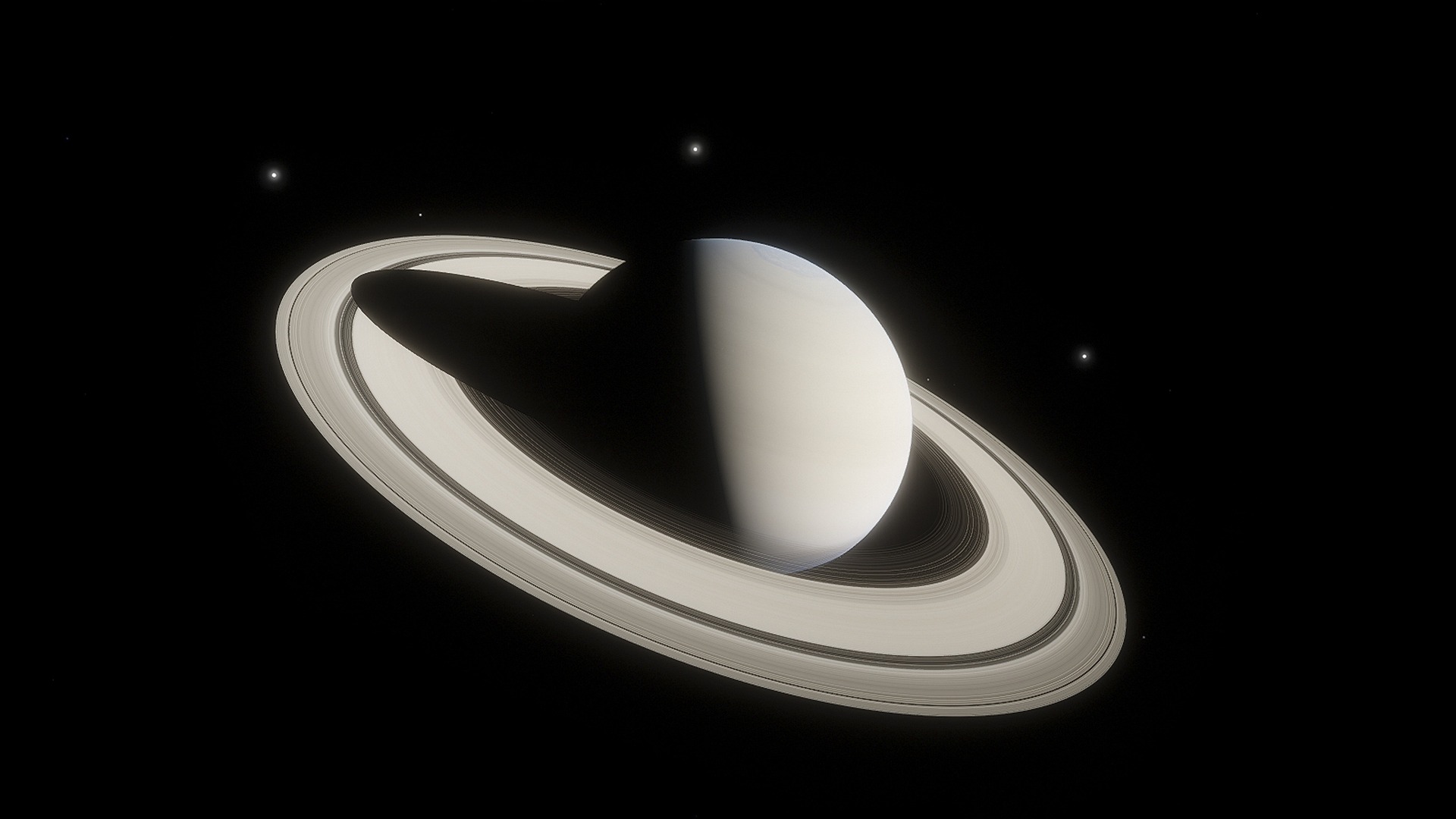In a stunning revelation, a team of international scientists has uncovered a previously unknown ecosystem beneath an Antarctic iceberg, revealing a wealth of unique life forms thriving in one of the planet’s harshest environments. This discovery not only reshapes our understanding of life in extreme conditions but also raises new questions about the adaptability of organisms and the potential for life to exist in similar, uncharted locations around the world.
The hidden world beneath the ice
The team, led by researchers from the British Antarctic Survey and the University of Tasmania, stumbled upon the ecosystem while conducting routine studies on the dynamics of Antarctic ice sheets. During an expedition, scientists used underwater robots equipped with specialized cameras and sensors to explore the ice shelf. What they found beneath the towering, frozen mass was an unexpected and thriving habitat, offering a snapshot of life surviving far from sunlight and traditional food sources.
The ecosystem appears to be located beneath a massive section of the Thwaites Glacier, one of Antarctica’s most active and rapidly changing ice shelves. While ice-covered regions of the world are known to harbor life, this discovery is unique in that the ecosystem is positioned directly under a thick slab of ice, where light penetration is minimal, and conditions are extreme—freezing temperatures, high pressure, and little access to nutrients from the outside world.
Unveiling the life beneath the ice
The ecosystem under the iceberg defies conventional thinking about life in such isolated, cold conditions. Scientists observed a variety of microbial communities and benthic organisms, including species that had previously never been documented in such an environment. The diversity of life forms was staggering, with evidence of thriving bacteria, fungi, and algae, as well as higher-level organisms such as sea cucumbers, worms, and a variety of crustaceans.
One of the most remarkable aspects of the discovery is the fact that these organisms are completely isolated from the external ecosystem. Without access to the sun, they rely on alternative energy sources, such as chemical reactions occurring within the ice or nutrients carried by the ocean currents. This process, known as chemosynthesis, is a form of energy production that does not rely on sunlight and is typically seen in deep-sea ecosystems.
The researchers were especially intrigued by the complex food chains they uncovered, suggesting a self-sustaining ecosystem that has been cut off from the outside world for thousands of years, if not longer. This raises important questions about how ecosystems can develop and persist in extreme environments with minimal resources.
Insights into adaptability and biodiversity
The discovery has significant implications for the field of extreme biology. Scientists believe that this hidden ecosystem offers critical insights into the adaptability of life and how organisms evolve to survive in some of the harshest conditions on Earth. Understanding how these life forms are able to thrive without traditional food sources or sunlight could have profound implications for our understanding of life on other planets, where similar conditions might exist.
In addition, the findings shed light on how ecosystems can develop and sustain themselves in environments that seem inhospitable. The organisms in this Antarctic ecosystem have adapted to the unique challenges of their environment, developing novel biological traits that allow them to withstand extreme cold, high pressures, and limited nutrient availability. This opens up new areas of research on the resilience of life, particularly in the context of ongoing climate change and the potential for life to exist in other extreme environments on Earth and beyond.
Implications for climate science
The discovery also has important implications for climate science. The Thwaites Glacier, which sits on a vulnerable section of the Antarctic ice sheet, has been melting at an accelerated rate in recent decades, driven by both warming ocean currents and atmospheric changes. As the glacier continues to retreat, the newly discovered ecosystem may be exposed to increasing environmental changes. Scientists are particularly interested in studying how such a delicate and isolated ecosystem might respond to the shifting conditions brought about by climate change.
Furthermore, this discovery raises questions about the future of ice-dependent ecosystems in a warming world. Will the melting of ice sheets expose more unknown ecosystems? What impact will climate change have on the fragile balance of these unique environments?
Exploring the future of Antarctica’s hidden ecosystems
The revelation of a hidden ecosystem beneath the Antarctic iceberg opens up a new frontier in the study of Earth’s most remote and untouched places. While the team’s discovery is groundbreaking, they acknowledge that it is just the tip of the iceberg—literally. Further research is required to fully understand the scale, diversity, and long-term viability of these ecosystems.
In the coming years, scientists plan to conduct additional expeditions to explore more ice shelves around Antarctica, using increasingly sophisticated technology to uncover more hidden worlds beneath the ice. The hope is that by studying these isolated ecosystems, we can better understand the limits of life on Earth, its potential resilience in the face of climate change, and the ways in which life could adapt to environments that are, at first glance, inhospitable to survival.
A new chapter in Earth’s biodiversity
The discovery of a thriving ecosystem beneath an Antarctic iceberg marks a new chapter in our understanding of biodiversity. As scientists continue to explore the hidden depths of Earth’s polar regions, they will undoubtedly uncover more secrets about life’s ability to adapt and thrive in even the most extreme environments. This remarkable finding not only expands the boundaries of biological science but also sparks new curiosity about the mysteries still waiting to be uncovered beneath the ice.





